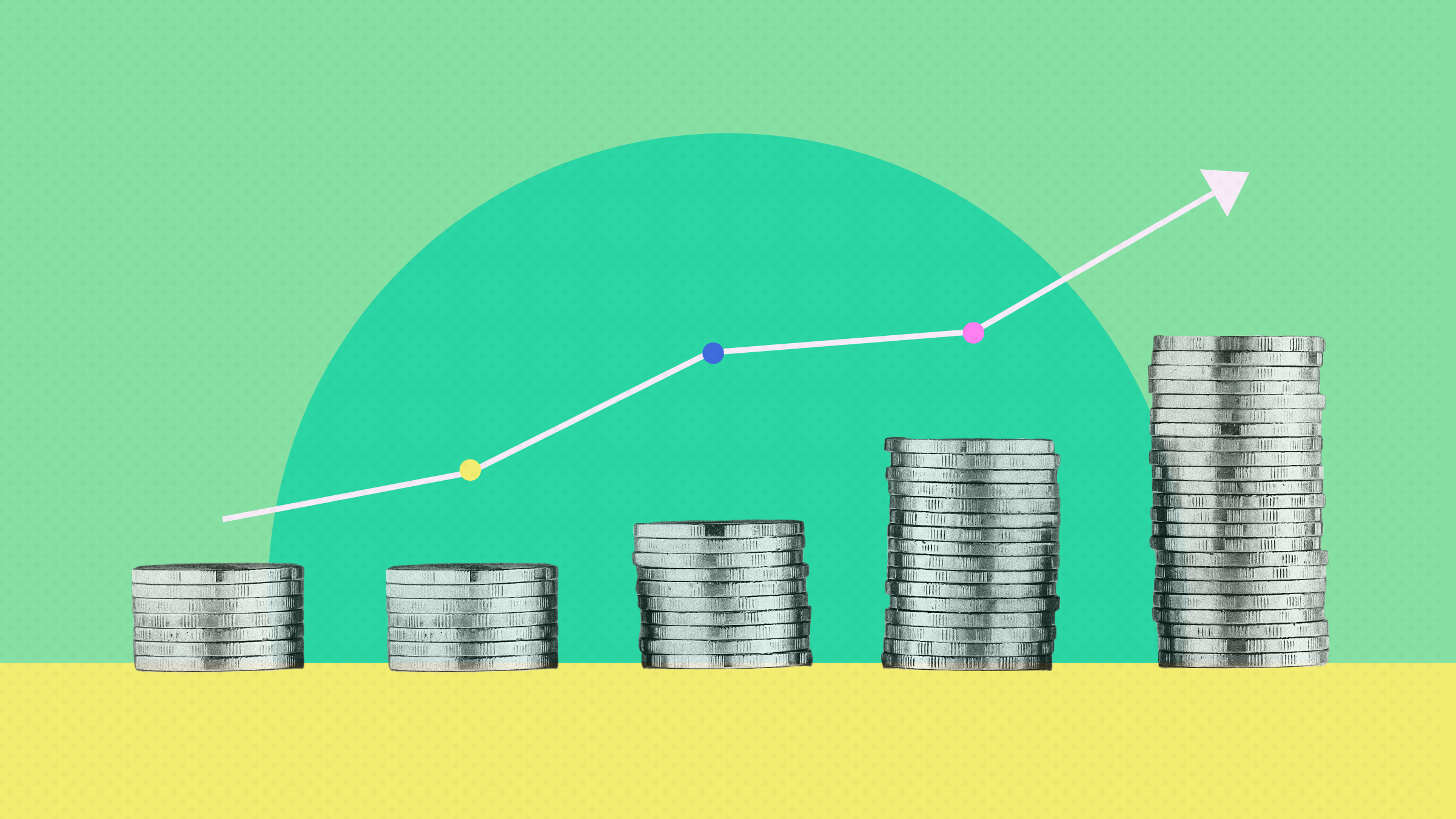March CPI Report: Why Is Inflation Still So Sticky?
Rising housing costs and higher gas prices are to blame.

Inflation again came in red hot in March, thanks to stubborn shelter costs and rising gas prices, with markets immediately moving to erase the chances of a June Federal Reserve rate cut.
While monthly inflation reports are often volatile, March marked the third straight report in which the Consumer Price Index showed a higher reading than economists predicted. As a result, the report released Wednesday morning magnified mounting concerns that the significant drop in inflation seen during 2023 is stalling out.
Why isn’t inflation falling? Economists point to housing costs, which have remained elevated in the CPI report, defying months of expectations that more moderate rent and homeowner costs would soon show in government inflation data. Rising oil prices, which trickle through to the cost of gasoline, have also contributed to higher readings. High shelter costs and increasing gas prices alone contributed more than half of the overall jump in inflation in March, the Bureau of Labor Statistics said Wednesday.
CPI vs. Core CPI
Inflation Is Still Elevated
With strong reports from January and February fresh on market watchers’ minds, it’s a worrying sign for investors and the economy.
“Shelter inflation remains sticky, and non-shelter services inflation continues to point to re-acceleration risk,” Bank of America analysts wrote Wednesday. While some aspects of the inflation report are measured differently in the Fed’s preferred gauge, the analysts added, “they point to inflation persistence more generally and could weaken the Fed’s confidence about how quickly inflation will converge to 2% on a sustainable basis.”
The March Consumer Price Index report, released Wednesday morning, showed that inflation rose 3.5% compared with the same month a year ago, significantly higher than February’s 3.2% print and the 3.4% that economists anticipated, according to FactSet’s consensus. Prices rose 0.4% on a monthly basis in March, also exceeding expectations.
Core CPI, which excludes more volatile food and energy costs, rose 3.8% on an annual basis and 0.4% on a monthly basis, again exceeding expectations. The core measure has now seen three consecutive monthly increases of 0.4%.
March CPI Report Key Stats
- CPI increased 0.4% for the month, as it did in February.
- Core CPI climbed 0.4% after rising by the same amount in February.
- CPI rose 3.5% year over year after growing by 3.2% the prior month.
- Core CPI rose 3.8% from year-ago levels after rising 3.8% in February.
Consumer Price Index
Housing Costs Are Still Sticky
As has been the case for months, the shelter category remains the major contributor to sticky services inflation. “Core inflation has returned to normal when excluding housing,” explains Preston Caldwell, chief US economist at Morningstar. He says the housing inflation data should be seen as a “rearview mirror perspective” because real-time data on rent trends and other housing costs generally lag the report. Based on more recent data, economists say housing inflation as measured by the CPI should eventually moderate. “Growth in market rents has returned to normal,” Caldwell says.
But markets will have to keep waiting for that progress to emerge. “We continue to look for shelter inflation to cool this year, but another firm print in March keeps the caution flag up about the timing and extent to which housing inflation will materially slow,” Wells Fargo economists wrote Wednesday.
Car Insurance Costs Spike
Caldwell points to “massive jumps” in car insurance and car maintenance and repair costs for March, which he attributes to the temporary surge in car prices in the wake of the pandemic. He doesn’t expect these pressures to continue driving up inflation. “Given that inflation in new vehicle prices has ended, this suggests inflation shouldn’t remain high in the insurance and maintenance categories, where prices have now more than caught up to the cumulative increase in new vehicle prices,” he says.
Goods Deflation Continues
Meanwhile, progress continues on the goods side of the equation. “If there is a silver lining to this report, it is the decline in core goods prices and core goods excluding used cars,” according to Bank of America’s report.
Caldwell notes that grocery prices stayed steady in March with 0% inflation, which he describes as “an unheralded positive.” Used car prices also fell. He points out that the core goods measure, which excludes food prices, averaged negative 1.4% annualized disinflation on an annualized basis for the three months ending in March, about in line with inflation readings for the category at the end of last year.
There’s “still a lot of room for further durables deflation as prices converge to prepandemic trends,” Caldwell says. Some economists say this progress will be much slower in the months ahead and argue that the bulk of the progress on disinflation is behind us.
Personal Consumption Expenditures Index Seen Facing Less Pressure
According to Caldwell, the CPI’s picture of stubborn inflation is likely to be less dramatic in the Personal Consumption Expenditures Index, thanks to differences in how the two reports source and weight data. The PCE report is the inflation gauge favored by the Fed. A milder PCE print in the months ahead suggests that “the impact [of March’s CPI report] on monetary policy is not likely to be as severe as early market reactions imply,” Caldwell says.
The author or authors do not own shares in any securities mentioned in this article. Find out about Morningstar’s editorial policies.


/cloudfront-us-east-1.images.arcpublishing.com/morningstar/MQJKJ522P5CVPNC75GULVF7UCE.jpg)
/cloudfront-us-east-1.images.arcpublishing.com/morningstar/ZYJVMA34ANHZZDT5KOPPUVFLPE.png)
/cloudfront-us-east-1.images.arcpublishing.com/morningstar/S7NJ3ZTJORFVLCRFS2S4LRN3QE.png)